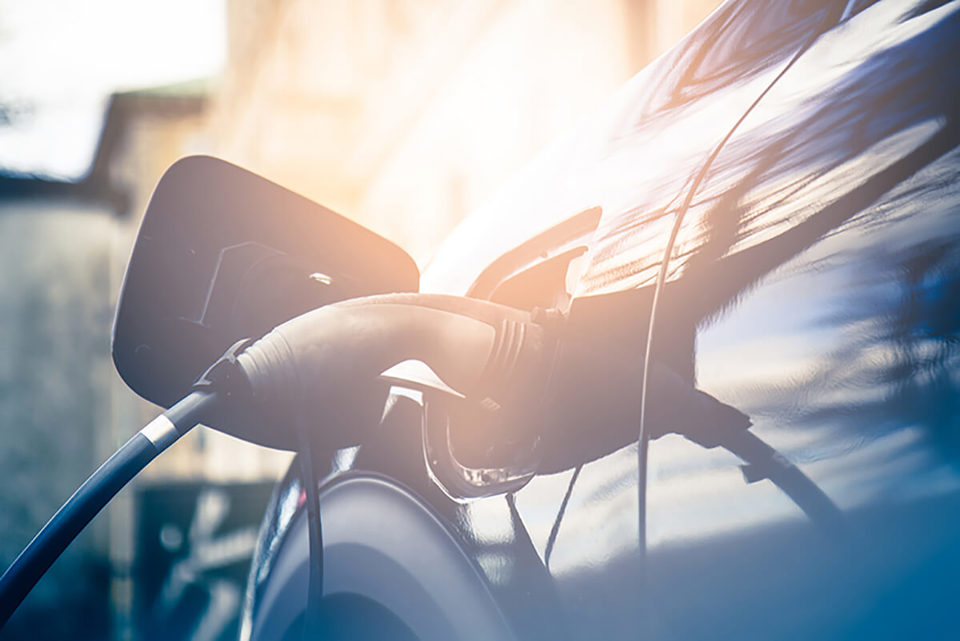Electric vehicles are more than capable of meeting the needs of drivers that require efficient urban transportation, claims Mitsubishi Motors and Coventry and Birmingham Low Emission Demonstrators (CABLED).
In what was the UK’s largest study into long-term low carbon vehicle use, the year-long trial in the Coventry and Birmingham area revealed:
• Why EVs are a viable urban transport solution
• The implications of habitual charging behaviour
• Patterns of energy use during the trial’s 147,000 mile study
As the largest of eight public trials taking part in the Technology Strategy Board’s £25m Ultra Low Carbon Vehicle Demonstrator programme, CABLED, has now collected data that it says can be used to support future decisions relating to transport and infrastructure planning.
The data, taken from 25 Mitsubishi i-MiEVs and 20 smart fortwo electric drives during the course of the trial, showed that in spite of initial scepticism surrounding the capability of EVs and concerns over range anxiety, they are more than capable of meeting the needs of drivers that require efficient urban transportation.
This is reflected by the finding that most journeys undertaken (77%) lasted less than 20 minutes and only 2% used more than 50% of the battery - enabling a return journey to be made without the need for recharging in the majority of cases. The data also showed a trend towards drivers travelling longer journeys over time - indicating increased confidence and reduced range anxiety.
However, despite proving their ability to deal with short urban journeys their widespread use by fleets will continue to be curtailed because of range restrictions.
Nevertheless, project leader Neil Butcher from co-ordinating CABLED partner Arup believes the data presents a positive outlook for EVs.
He said: “These findings form part of the largest study of low carbon vehicle use ever compiled and, whilst our study is on-going, it’s already clear that EVs offer a viable, practical urban transport solution. We must now consider how our homes, offices and public spaces will need to evolve in order to cater to both users’ needs and the rapidly developing technologies powering these vehicles.”
In relation to charging behaviour, the CABLED data clearly shows that EV users are not motivated to replenish their vehicle’s battery by reaching a particular point of depletion; rather they are driven by convenience and with data showing the vehicles are parked for 97.2% of the time (23.3 hours each day) it is apparent that there is ample opportunity for them to be plugged-in.
The most popular point at which people commenced charging was when the battery had between 81-87% of its charge remaining. With the majority of journey’s using less than 2kWh of power (around 12% of charge) this behaviour indicates that charging habitually takes place upon reaching a destination.
The average charge time was between 2-3 hours (typically equivalent to half of a full charge) with an energy transfer of 6kWh costing around 60-80p depending upon tariff (equivalent to one load in a washer dryer). Peaks for charging were observed from 7-9am and from 6-7pm, which can be most likely attributed to charging on arrival at work in the morning or home in the evening. Another peak was seen after 11pm when CABLED participants used timers to take advantage of off-peak energy tariffs.
Charging data such as this helps inform the development of energy infrastructure and Smart Grid technology.
Head of group E-Mobility R&D at E.ON Charles Bradshaw-Smith explained: “Meters installed at each user’s home are giving us invaluable information on charging behaviour. The most popular time to charge a vehicle is rightly overnight.
“But as most journeys are relatively short, with five average journeys per charge, this allows scope for exactly when the car is charged each night to minimise cost and maximise carbon savings. Such evidence supports the need for automated intelligent charging technology that will allow EVs to interact with the distribution grid – an area which E.ON is researching into.
“The ultimate goal is to allow drivers to take advantage of low cost power due to EVs both drawing and feeding into the grid to smooth demand peaks and save carbon.”
CABLED is one of several Government measures designed to increase the number of low carbon vehicles on Britain’s roads.
Further details on the CABLED project can be found at www.cabled.org.uk.

















Login to comment
Comments
No comments have been made yet.